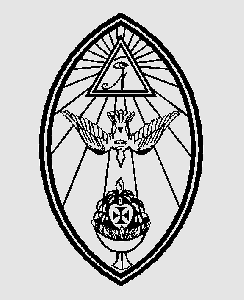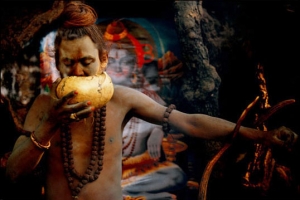Cult Research
http://www.elistmania.com/juice/10_of_the_world_s_most_bizarre_cults/
Additional link and cult to check out:
Jonestown
listuerse.com/2007/09/15/top_10_cults/
Ordo Templi Orientis
Also known as the Order of the Temple of the East and Order of Oriental Templers, is a fraternal international and religious group which was created in the beginning of the 20th century. Aleister Crowley, an English author and a known Satanist occultist is one of the most renowned members of the order.
Initially the cult was anticipated to be modeled after and connected to Freemasonry, a form of a Gnostic Order, however, under the headship of Aleister Crowley; O.T.O has been documented around the Law of Thelma as its fundamental religious principal. This law is expressed as “Do what thou wilt shall be the whole of the Law” and “Love is the law, love under will”. These laws for the cult were promulgated in 1904 with the dictation of The Book of the Law.
The O.T.O is well known for practicing Black Magic. The creepy cult is branded to include sexual rituals that are both heterosexual and homosexual in nature. Many of the practices that O.T.O teaches are related to magical orders which enlighten the system of Masonic style of sexual magic. However, the O.T.O still restricts access to its “inner secrets”. The controversial book,Secret Rituals of the O.T.O, was withdrawn from print by the publisher after receiving a threat of legal action by the O.T.O. Nevertheless, as there has been a growing interest in the writings of Aleister Crowley, his work has been reprinted due to which various new societies have come into existence and have modeled themselves as the new generation of O.T.O.
Aghori
The Aghori or Aghouri is a Hindu cult that is considered to have split off from the Kapalika order in the fourteenth century AD. Many Hindus condemn the Aghorias non-Hindu due to their cannibalistic rituals. The streets of northern Indian cities are littered with followers of this cult carrying a kapala, which is a cup made from a skull! These bizarre people will eat anything from rotten food to animal faeces. In order to achieve the highest citadel of enlightenment, the Aghori will perform horrendously crude rituals. The finality of their rituals is attained from eating the decaying flesh of a human.
According to Hindu mythology and practiced beliefs, everything emanates from “Brahman". Therefore, there is no evil. The Aghori believe everything to be god itself and to abandon anything would be equivalent of abandoning god. This is the bizarre philosophy followed by theAghori Babas.
The roots of the Aghori date back to ancient times. An Aghori ascetic who went by the name of Kinaram is responsible for the present-day rituals and beliefs of the cult. Since the Aghori worship lord Shiva with all their fervor, they believe that Kinaram was a reincarnation of lord Shiva.
The Aghori cult dwells on cremation grounds, daubing themselves with the ashes of the corpses and eating from a cranial begging bowl or a kapala. Many Aghori opt to roam around baring all. This is their representation of their detachment from the ways of life that normal people abide by. A strong belief which surrounds them is that by doing so they are above and beyond the normal worldly emotions of human beings.
The Body of Christ
The Body of Christ is a diminutive authoritarian group that focuses on “direct revelation” and not the Bible for its direction. As of late this cult has been in the news as two children have died pointlessly. Samuel, the ten month old baby of the founder’s son, Jacques, died of malnutrition. The little baby was not fed, because the cult believed that they were going to get a sign from God to feed him. The other child who died was Jeremiah, son of Rebecca Corneau. The baby died shortly after the mother gave birth. The reason for the death of the baby has been attributed to the lack of medical care provided.
Ten years ago, Dennis Mingo a former member of the cult, left the group. He gave a diary to the police in which he described the deaths of the two babies in depth. Regardless of the effort the police has put into finding the bodies of the children, they have remained to be unsuccessful.
The cult denounces the “seven systems” of a conventional society. These primarily, include: education, government, banking, religion, medicine, science and entertainment. The members of the group have consistently denied any cooperation with civil and governmental authorities. They have also refused any forms of legal counsel. They have constantly been refusing to assert their primary constitutional right against self-incrimination. This bizarre cult expects that the world will soon erupt in outrageous violence and turmoil, and that they alone will be the sole survivors of the disaster that they predict.




































































